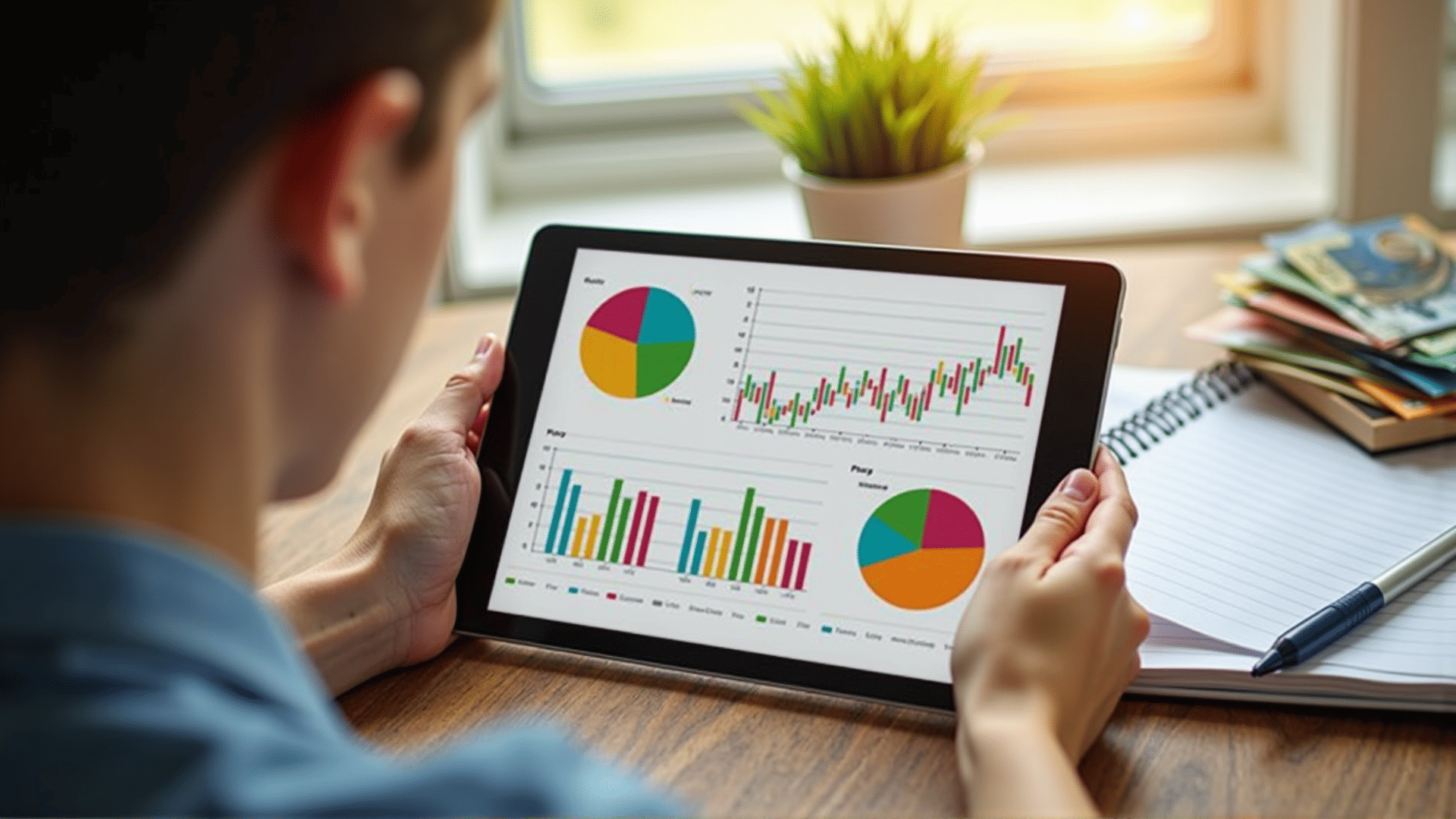Understanding the various measures that reflect the state of the economy can be quite enlightening and is essential for everyone, regardless of age. Economic indicators are statistics that provide information about the overall health of an economy, helping to gauge how an economy is performing and what direction it might be headed. Here's a guide to some of the most important economic indicators you should know.
-
Gross Domestic Product (GDP):
GDP is perhaps the most well-known measure of economic activity in a country. It represents the total monetary value of all goods and services produced over a specific time period. A rising GDP indicates economic growth, while a declining GDP may suggest economic troubles. -
Unemployment Rate:
This indicator reflects the percentage of the labor force that is currently without a job but actively seeking employment. A low unemployment rate typically signals a healthy economy, where most individuals who want to work can find jobs. Conversely, high unemployment signals economic distress. -
Inflation Rate:
Inflation measures how much prices for goods and services are rising. A moderate inflation rate is considered normal and often reflects a growing economy. However, if inflation becomes too high, it can erode purchasing power, making everything more expensive and harder to afford. -
Consumer Confidence Index (CCI):
The CCI gauges how optimistic consumers feel about the overall state of the economy and their personal financial situation. If consumers are confident, they are more likely to spend money, which fuels economic growth. Conversely, low confidence can lead consumers to save rather than spend, slowing economic growth. -
Retail Sales:
This measure tracks the total receipts of retail stores and serves as a key indicator of consumer spending patterns. Since consumer spending accounts for a significant portion of overall economic activity, strong retail sales indicate a robust economy, while weak sales suggest economic stagnation. -
Interest Rates:
Set by a country's central bank, interest rates influence the cost of borrowing money. Lower interest rates tend to encourage more borrowing and spending, whilst higher rates can slow down economic activity by making borrowing more expensive. -
Balance of Trade:
This is the difference between the value of a country’s exports and imports. A trade surplus occurs when exports exceed imports, generally seen as a positive economic indicator. A trade deficit, conversely, happens when a country imports more than it exports and can be seen as negative, though not always. -
Government Debt:
This reflects the total amount of money that a government owes. While some level of debt is considered normal and manageable, excessive debt can become an economic burden, potentially leading to higher taxes or cuts in public services. -
Stock Market Performance:
While inherently volatile, the stock market can act as a gauge of overall economic confidence. Rising markets suggest investor confidence in business performance and economic growth, whereas falling markets may indicate concerns about economic stability. -
Manufacturing and Production Data:
These statistics show the health of a country’s industrial sector. An increase in manufacturing and industrial production is often a sign of economic health, as it typically reflects increased demand for goods.
Each of these indicators provides unique insight into the economic landscape, and a comprehensive assessment takes into account the full picture they collectively present. Understanding these concepts not only enhances one's grasp of how economies function but also prepares individuals to better navigate the financial aspects of life.
